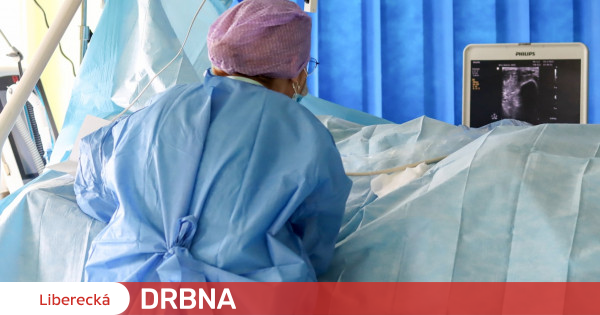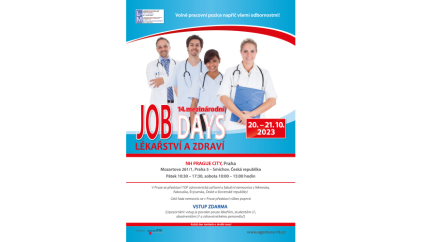The Liberec Regional Hospital now has a so-called cannulation team of six specialized nurses who introduce long-term vascular access to patients. This is a huge advantage for staff and patients, instead of a few days the catheter lasts for weeks and being hospitalized without having to undergo constant punctures.
Long term catheters are now a global trend and cannulation teams are being formed in hospitals across the Czech Republic. At Liberec, this care is provided to nurses by patients under the lead CARIM Pavel Sedlák.
According to the head nurse of the CARIM (formerly ARO) department Hana imonová, this is the new thing of the year. Catheters have been introduced in hospitals before, but only slightly.
This will last for weeks
The advantage is long-term insertion, which means that the patient does not have to continuously puncture the short-term peripheral venous access. A catheter is inserted (most commonly) into the upper arm and, in the case of so-called midline catheters – which are most often introduced by hospitals – will last for several weeks with proper care.
The patient can shower and be discharged for treatment at home. “Despite this medium-term peripheral input, however, we started to focus on so-called PICC catheters, which are peripheral central venous catheters, in Liberec hospitals. They are durable and last for months,” said the hospital.
Very helpful with long term treatment
About 30 patients receive this treatment in a month. Otherwise, they are inserted into the peripheral cannula as before, which has a service life of about two days and requires repeated punctures.
If the patient is hospitalized for a long time, this method is very helpful for staff and patients who need intravenous treatment.

“Certified bacon geek. Evil social media fanatic. Music practitioner. Communicator.”







